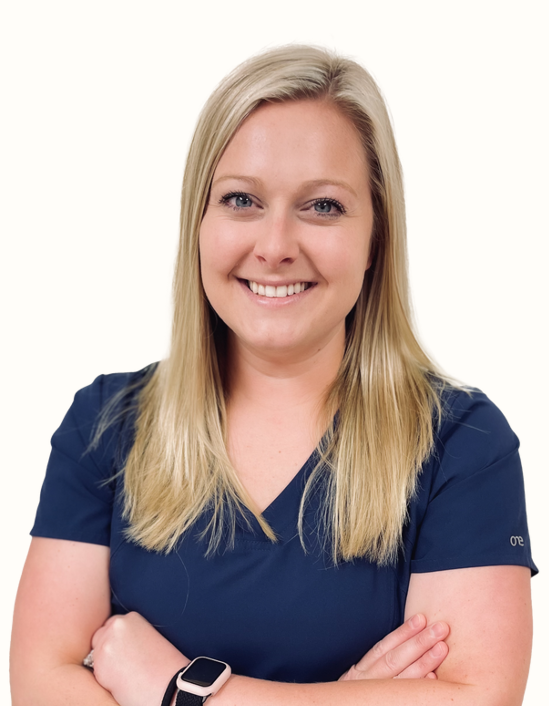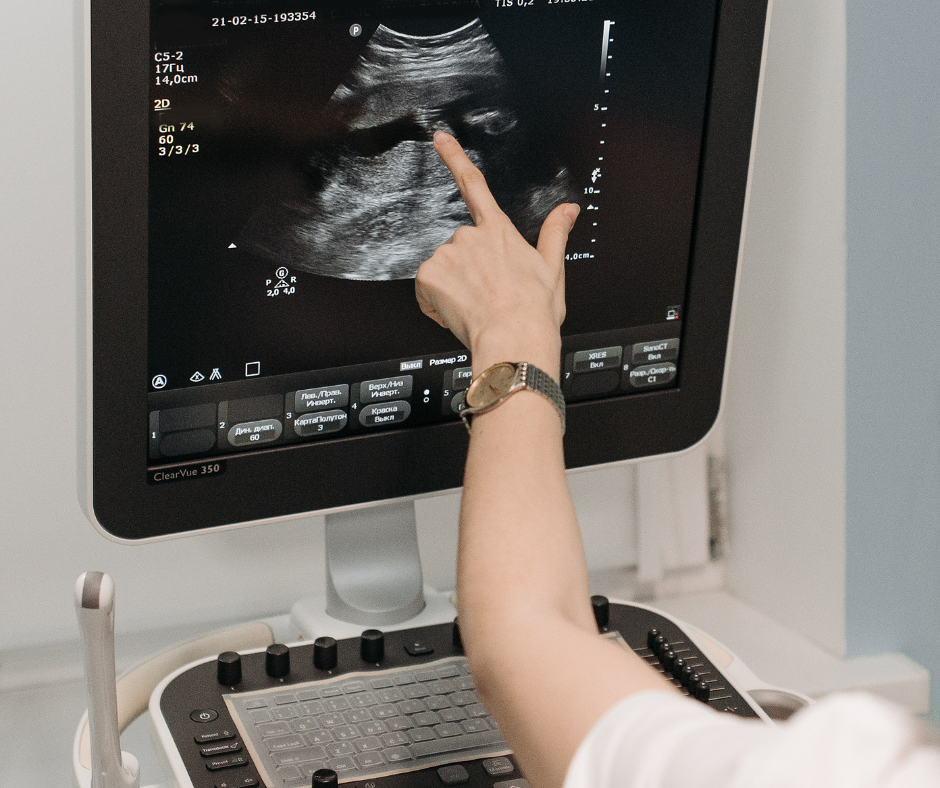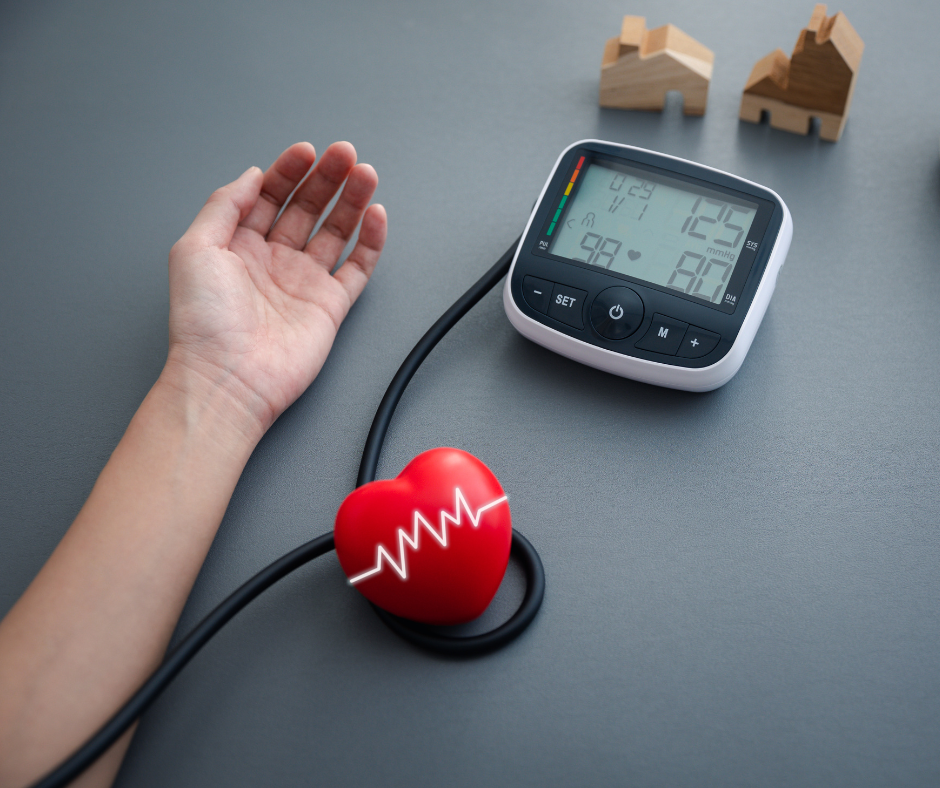WELCOME TO
HEALTHCARE INSTITUTE
OF NORTH FLORIDA
Providing Quality Healthcare
WELCOME
The Health Care Institute of North Florida is located in Lake City, Florida.
We provide quality health care and our central location allows us to provide in-house Laboratory, EKG, Ultrasound, Minor Surgeries, and much more; not only to Lake City, but also Gainesville, Jacksonville, Tallahassee, and Valdosta.
PHONE NUMBER
WORKING HOURS
Monday - Thursday: 7:00 am - 5:30 pm
*Lunch break from 12:00 pm - 12:50 pm
FAX NUMBER
1-877-698-9577











